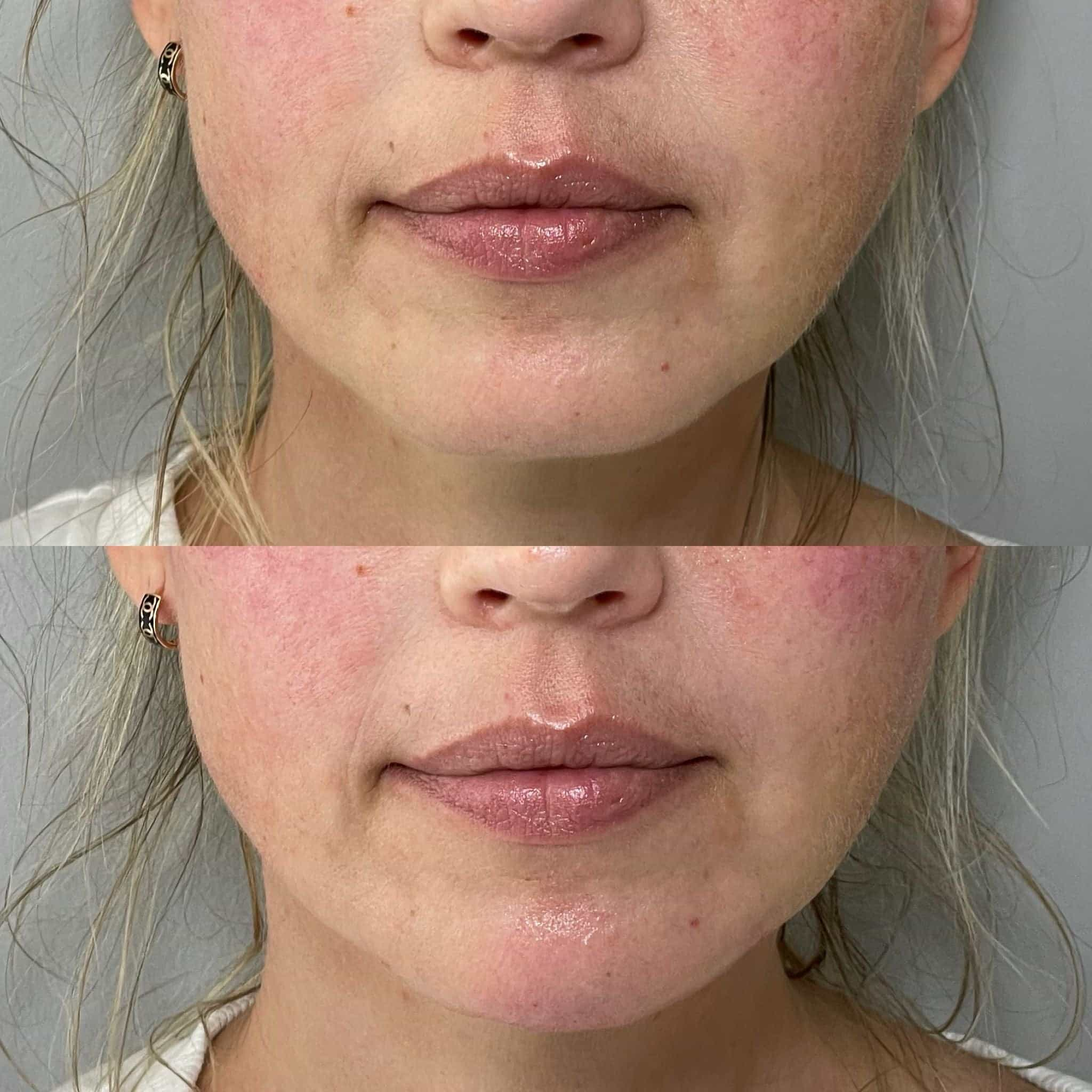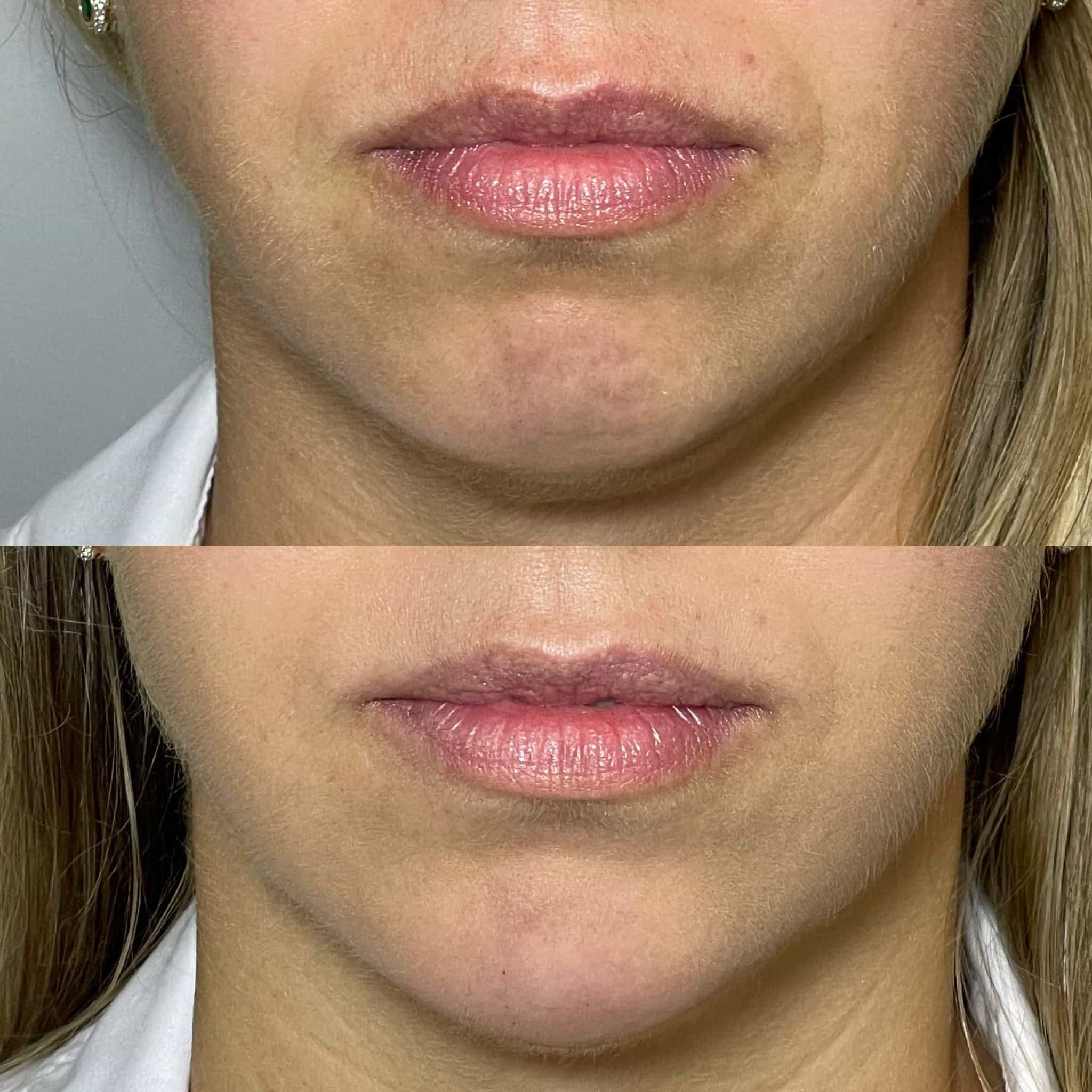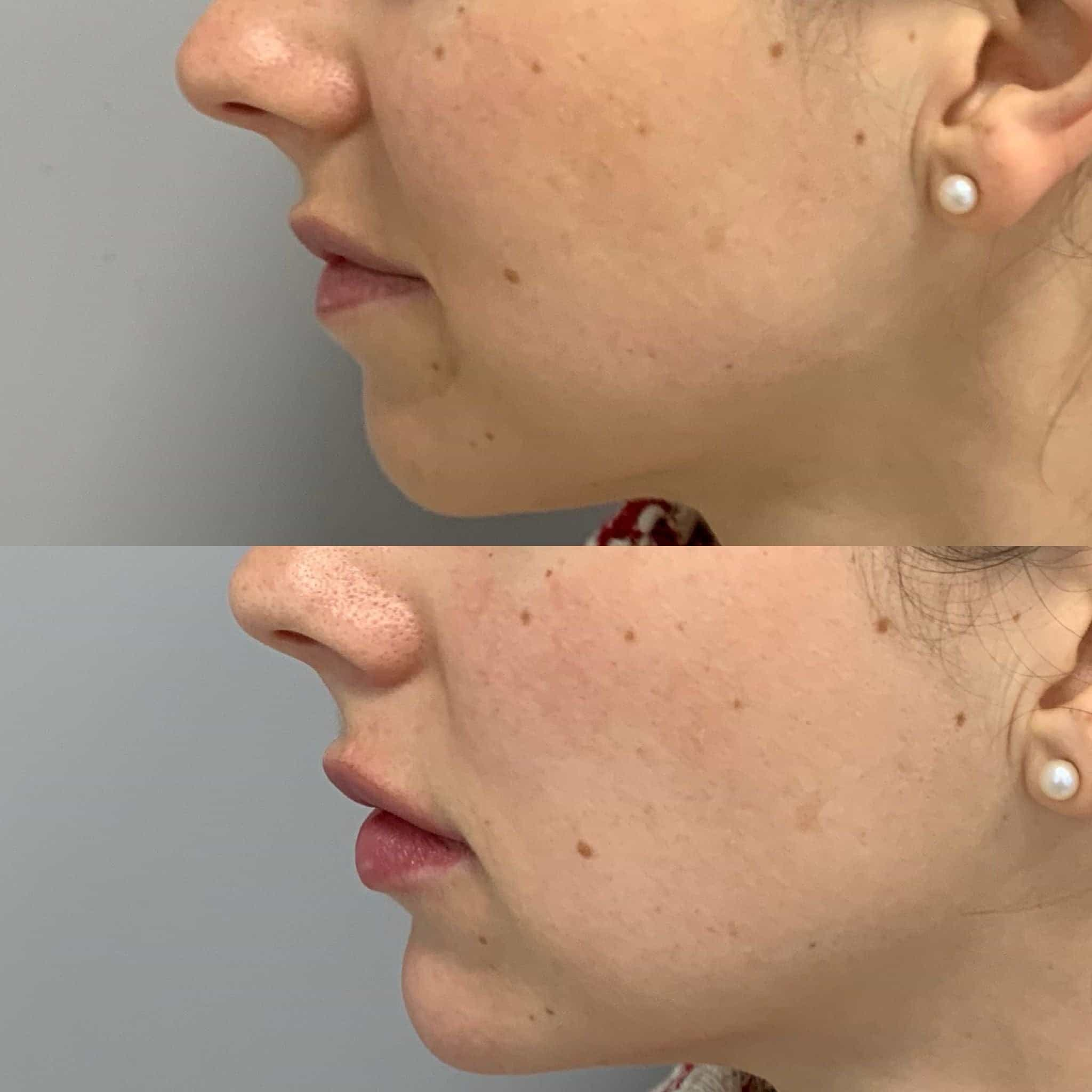CBD GUMMIES
Why Are CBD Gummy Sweets So Popular In The UKNovember 7, 2025
A dimpled chin, while often seen as charming, can sometimes detract from a youthful appearance. As we age, our skin loses elasticity, and this can emphasize existing dimples, making the chin appear more prominent and etched with time.
Dimples on the chin are typically caused by variations in the muscles or underlying fat structure beneath the skin. They can be present from birth or develop over time due to factors like genetics, facial expressions, and changes in facial tissue as we age.
In some cases, dimples may also be linked to underlying medical conditions, such as muscle abnormalities or connective tissue disorders.

There are several types of chin dimples. The most common type is a single, symmetrical dimple located in the center of the chin. These are often hereditary and appear naturally.
Another type is double dimples, where two indentations are present on either side of the chin. This can give the appearance of a heart shape when viewed from certain angles.
Some individuals may have asymmetric dimples, meaning that one dimple is deeper or more prominent than the other. These variations can contribute to the unique character of each person’s facial features.
Fortunately, for those seeking smoother chin contours, non-surgical options are available. These minimally invasive procedures utilize injectables or energy-based devices to address dimples and restore a more youthful appearance without the downtime associated with surgery.
A popular non-surgical option for treating dimples is dermal fillers. These injectable gels, often made of hyaluronic acid, are carefully placed beneath the skin to plump up the area around the dimple, effectively smoothing it out and creating a more even surface. Fillers provide immediate results that can last anywhere from several months to over a year.
Another non-surgical approach is focused ultrasound therapy. This technique uses sound waves to target and stimulate collagen production in the underlying skin tissue. By promoting new collagen growth, this treatment helps to reduce the appearance of dimples by tightening the skin and restoring its elasticity.

Botulinum toxin injections, commonly known as Botox, can also be used to treat chin dimples.
This neurotoxin works by temporarily paralyzing the underlying muscles that contribute to the formation of dimples. By reducing muscle activity, Botox can diminish the appearance of dimples and create a smoother chin contour.
Dermal fillers are a popular choice for smoothing out dimples. These injectable gels, often hyaluronic acid-based, are strategically placed beneath the skin to plump up the area surrounding the dimple, effectively minimizing its appearance and creating a more even surface. Results from fillers can be immediate and last anywhere from several months to over a year.
Focused ultrasound therapy is another non-surgical option for treating chin dimples. This technique utilizes sound waves to target and stimulate collagen production in the deeper layers of skin. By encouraging the growth of new collagen, focused ultrasound therapy helps tighten the skin and restore its elasticity, leading to a reduction in the prominence of dimples.
Botox injections can also be used to address chin dimples. This neurotoxin works by temporarily paralyzing the underlying muscles that contribute to the formation of dimples. By reducing muscle activity, Botox can diminish the appearance of dimples and create a smoother chin contour.
Several surgical approaches exist for reshaping a dimpled chin and restoring a more youthful look. These procedures aim to correct the underlying anatomical structures contributing to the dimple, creating a smoother, more contoured chin.
Chin augmentation surgery involves adding material to the chin to create a fuller or more prominent appearance. There are various methods used for this procedure, including implants and fat grafting.
Implants are typically made of silicone or polyethylene and come in different sizes and shapes. The implant is surgically placed beneath the skin, either through an incision under the chin or inside the mouth. Fat grafting involves taking fat from another area of the body, such as the abdomen or thighs, and injecting it into the chin to create volume.
Chin reduction surgery, on the other hand, aims to reduce the size of a prominent or overly large chin. This procedure can be achieved through different techniques, including shaving bone and removing excess skin. The choice of technique depends on the individual’s chin anatomy and desired outcome.
Regardless of whether augmentation or reduction is chosen, surgical procedures require careful planning and expertise by a board-certified plastic surgeon. The surgeon will assess the patient’s facial structure, discuss their goals, and determine the best approach for achieving their desired results.

Liposuction is a minimally invasive procedure that removes excess fat deposits from various areas of the body, including the chin. During liposuction, a thin tube called a cannula is inserted under the skin to break up and suction out fat cells. While not directly addressing dimples themselves, liposuction can help reduce overall facial fullness and make the chin appear more defined.
Liposuction might be considered as part of a comprehensive approach to treating dimpled chins, especially when excess fat contributes to the appearance of dimples.
Surgical approaches for chin reshaping aim to correct the underlying anatomical structures responsible for dimples. Chin augmentation surgery involves adding material to increase chin fullness using implants or fat grafting. Implants are typically made of silicone or polyethylene and come in various sizes and shapes, placed beneath the skin via an incision under the chin or inside the mouth. Fat grafting utilizes fat harvested from other areas like the abdomen or thighs, injected into the chin for volume enhancement.
Conversely, chin reduction surgery aims to diminish a prominent or oversized chin by shaving bone and removing excess skin. The chosen technique depends on the individual’s anatomy and desired outcome.
Liposuction, though not directly addressing dimples, removes excess fat deposits from areas like the chin, potentially improving facial definition and minimizing the appearance of dimples caused by excessive fat.
Both augmentation and reduction procedures require careful planning and expertise from a board-certified plastic surgeon.
The surgeon will assess the patient’s facial structure, discuss their goals, and determine the most suitable approach to achieve their desired outcome.
Recovery and aftercare are crucial aspects of achieving optimal results after any procedure aimed at restoring a youthful chin appearance.
After undergoing a non-surgical treatment like dermal fillers or focused ultrasound therapy, downtime is minimal. You may experience some temporary redness, swelling, or bruising at the injection sites, which typically subside within a few days. It’s important to avoid touching or rubbing the treated areas and follow any post-treatment instructions provided by your practitioner.
For Botox injections, you can usually return to your normal activities immediately. Mild bruising or swelling may occur but is generally short-lived.
Recovery from surgical procedures, such as chin augmentation or reduction, requires a longer healing period. You’ll likely need several days to a week off work or school to allow for swelling and discomfort to subside. Your surgeon will provide specific instructions regarding activity restrictions, pain management, and wound care. It may take several weeks or months for full results to be visible as swelling resolves and tissue heals.
Throughout the recovery process, it’s important to follow your doctor or surgeon’s recommendations carefully to ensure proper healing and minimize complications. This includes taking medications as prescribed, attending scheduled follow-up appointments, and adhering to any dietary or activity restrictions they may advise.
Recovery and aftercare are crucial for optimal healing after any procedure aimed at restoring a youthful chin appearance.
Following non-surgical treatments like dermal fillers or focused ultrasound therapy, downtime is minimal. You might experience temporary redness, swelling, or bruising at the injection sites, which usually subside within a few days. Avoid touching or rubbing treated areas and follow any post-treatment instructions provided by your practitioner.
For Botox injections, you can typically resume normal activities immediately. Mild bruising or swelling may occur but is generally short-lived.
Surgical procedures like chin augmentation or reduction require a longer healing period. You’ll likely need several days to a week off work or school for swelling and discomfort to subside. Your surgeon will provide specific instructions regarding activity restrictions, pain management, and wound care. It may take weeks or months for full results to become visible as swelling resolves and tissue heals.
Throughout the recovery process, it’s crucial to follow your doctor or surgeon’s recommendations carefully to ensure proper healing and minimize complications. This includes taking medications as prescribed, attending scheduled follow-up appointments, and adhering to any dietary or activity restrictions they advise.
Recovery and aftercare are essential for optimal results following procedures aimed at restoring a youthful chin appearance.
After non-surgical treatments like dermal fillers or focused ultrasound therapy, downtime is minimal. You may experience temporary redness, swelling, or bruising at the injection sites, which typically subside within a few days. Avoid touching or rubbing treated areas and follow any post-treatment instructions provided by your practitioner.
For Botox injections, you can usually resume normal activities immediately. Mild bruising or swelling may occur but is generally short-lived.
Recovery from surgical procedures, such as chin augmentation or reduction, requires a longer healing period. You’ll likely need several days to a week off work or school to allow for swelling and discomfort to subside. Your surgeon will provide specific instructions regarding activity restrictions, pain management, and wound care. It may take several weeks or months for full results to be visible as swelling resolves and tissue heals.
Throughout the recovery process, it’s crucial to follow your doctor or surgeon’s recommendations carefully to ensure proper healing and minimize complications. This includes taking medications as prescribed, attending scheduled follow-up appointments, and adhering to any dietary or activity restrictions they advise.
Book today with Dr. Laura Geige at It’s Me & You Clinic for advanced chin care
WhatsApp us

0